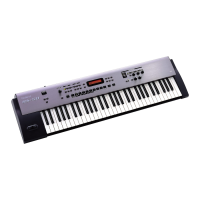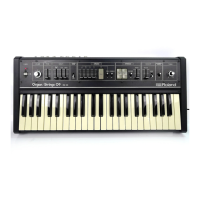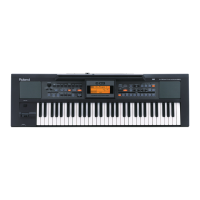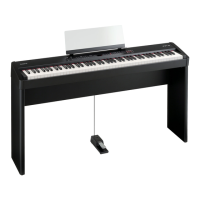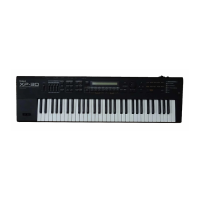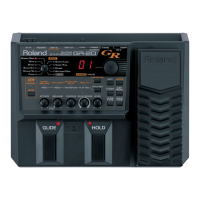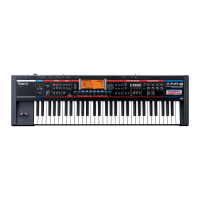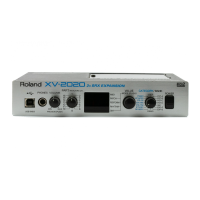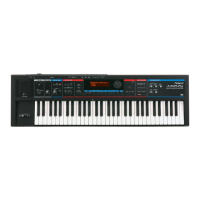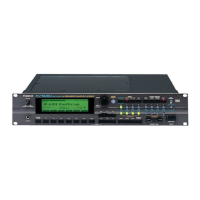Why is the RD-800 Roland Electronic Keyboard not found by the application?
- SscastilloSep 23, 2025
If the RD-800 is not found by the application in its musical instrument connections, check the following: * Is the RD-800 powered up? * Is the wireless USB adapter (WNA1100-RL) inserted into the RD-800? * Are the RD-800 and the iPad connected to the same network (the same wireless LAN access point)?






